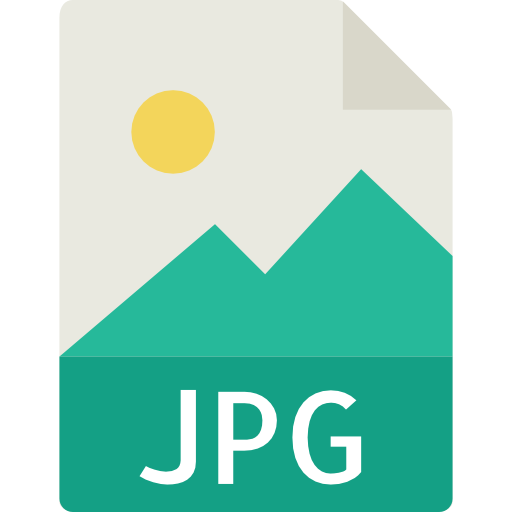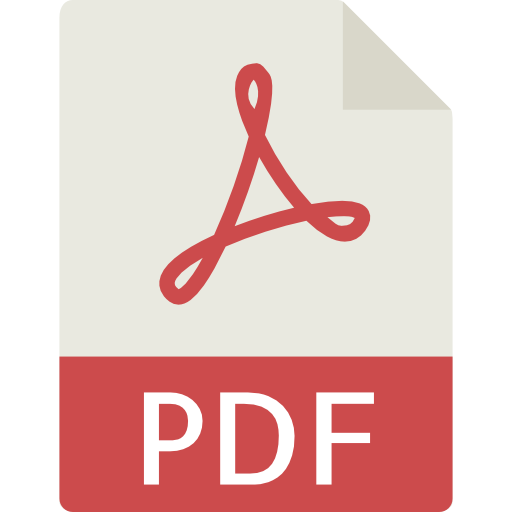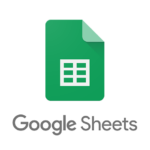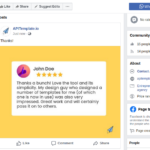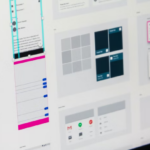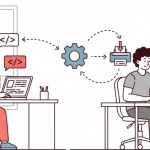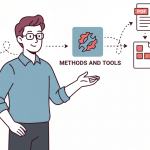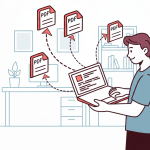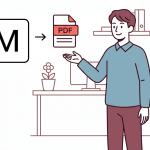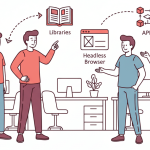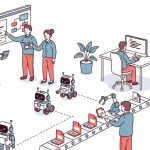Introduction
No-code and low-code platforms are revolutionizing the way businesses build software and automate everyday tasks—making complex processes feel effortless.
These tools put the power of innovation directly into the hands of nontechnical users, often called “citizen developers,” who can now design applications and workflows using simple, visual interfaces.
Imagine creating professional, polished documents without ever touching a line of code. In the past, generating contracts, proposals, or invoices at scale required either hours of manual effort or technical know-how with APIs.
But now, with no-code tools, you can easily design templates, pull in data from different sources, and set up automation with just a few clicks. This shift not only speeds up workflows but also eliminates human errors, making document generation smoother, faster, and more accessible to everyone.
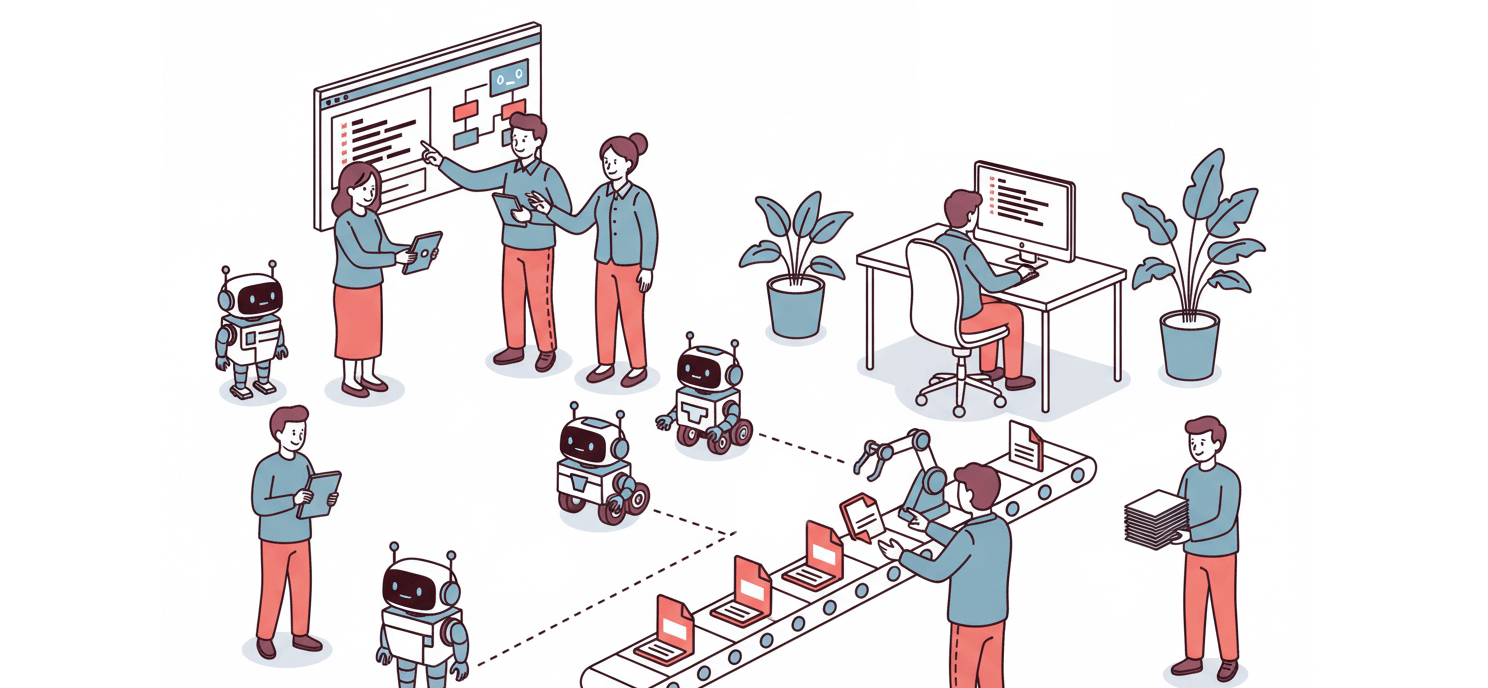
In this blog post, we’ll explore the exciting world of no-code solutions and examine how they are transforming document generation for businesses of all sizes.
Whether you’re a solo entrepreneur, a marketing expert, or part of a large corporation, no-code and low-code platforms are redefining how we create contracts, proposals, invoices, and more—without ever needing to code.
The Rise of No-Code Document Automation
No-code document automation is taking the business world by storm!
Platforms like Zapier, Make.com (formerly Integromat), and Bubble are revolutionizing the way we work, making it easier than ever to create sophisticated document workflows with just a few clicks.
For small businesses operating on tight budgets and limited IT resources, these tools are a game-changer. Picture this: a business owner effortlessly generates an invoice PDF from a submitted order form using Zapier, or seamlessly connects a time-tracking app with a document template on Make.com to auto-fill and send invoices—all without the need for a developer.
These real-world scenarios highlight how no-code automation is breaking down traditional barriers, making document processes more accessible and cost-effective than ever before.
Even large organizations are jumping on the no-code bandwagon as part of their digital transformation journey. By empowering business teams to craft their own solutions, enterprises are experiencing a surge in productivity, reduced costs, and enhanced accuracy across operations. In fact, a recent survey revealed that a whopping 84% of enterprises have embraced no-code solutions to boost agility and innovation (33 Need-To-Know No-Code Statistics & Facts).
No-Code vs. Low-Code
While no-code and low-code solutions often get mentioned together, they serve different needs and audiences. Here’s a comparison to help clarify their distinctions:
| Feature | No-Code Platforms | Low-Code Platforms |
|---|---|---|
| Target Audience | Nontechnical users, business professionals | Developers, technical users with some coding knowledge |
| Ease of Use | High – Drag-and-drop interfaces, pre-built integrations | Moderate – Requires some coding, but less than traditional development |
| Customization | Limited – Focus on ease and speed | High – Allows for custom coding and complex logic |
| Scalability | Suitable for small to medium projects | Suitable for large, complex projects |
| Development Speed | Fast – Quick setup and deployment | Moderate – Faster than traditional coding, but requires more setup than no-code |
| Examples | Zapier, Bubble | OutSystems, Mendix |
| IT Involvement | Minimal – Designed to be used without IT intervention | Some – May require IT for complex customizations |
The key difference is that no-code tools prioritize ease of use and accessibility, while low-code solutions offer more customization and scalability for advanced use cases. Many organizations use a combination of both, depending on their needs.
Market Adoption of No-Code/Low-Code Solutions
Adoption is accelerating rapidly across organizations of all sizes. Surveys show that a large majority of businesses have embraced no-code or low-code tools in some capacity:
- Mainstream Use: Gartner estimates that by 2025, 70% of new business applications will be developed using low-code or no-code technologies, a huge leap from less than 25% in 2020 (Zapier Data Report Reveals Key Trends Related To Rise Of No-Code Solutions | Crowdfund Insider). This indicates that no-code is moving from fringe to mainstream in application development.
- Enterprise Adoption: A recent Forrester survey found 87% of enterprise developers use low-code platforms for at least some of their work (The Low-Code Market Could Approach $50 Billion By 2028). Likewise, TechRepublic reports 84% of enterprises have turned to no-code solutions to boost agility and innovation (33 Need-To-Know No-Code Statistics & Facts – 2024 | Tadabase). In practice, this means most large companies are already using tools that let employees build apps or automate processes without coding.
- Broad Business Uptake: Low-code isn’t just an IT trend – it’s business-wide. Gartner observed that 64% of CIOs have deployed or plan to deploy low-code platforms in the next 24 months to enable “democratized” software development across departments (How Workflow Automation Delivers Business Transformation). In fact, 41% of organizations now have active citizen development initiatives, and another 20% are planning to start one (35 Must-Know Low-Code Statistics and Facts for 2025!). This reflects a widespread push to empower non-IT staff to create their own digital solutions, including document workflows.
- Focus on Documents: Document generation is one of the processes being automated in this wave. No-code workflow platforms with built-in document repositories are helping tackle a common pain point: 47% of digital workers struggle to find information needed to do their jobs, according to Gartner research (How Workflow Automation Delivers Business Transformation). By using automated document generation and centralized templates, companies reduce those inefficiencies. Customizable document automation solutions (often low-code) are now available in fields like law, enabling firms to produce legal documents faster and tailor them to client needs (Legal document automation: More output in less time – SmartBrief).
In summary, a significant share of businesses – from startups to enterprises – are adopting no-code/low-code tools, and many are applying them specifically to document-centric workflows.
Gartner even predicts that by 2024, no-code development will account for 65% of all application development activity (33 Need-To-Know No-Code Statistics & Facts – 2024 | Tadabase). Document automation, being a common requirement in many industries, is naturally part of this surge in adoption.
No-Code/Low-Code Platforms for Document Automation
The no-code and low-code landscape is filled with powerful tools that can help businesses automate document workflows efficiently. Here’s a look at some of the most popular platforms making waves in the industry:
Zapier: The pioneer of no-code automation, Zapier connects over 7,000 apps to create seamless workflows. With easy “Zaps,” users can automate document generation, sending PDFs via email, and integrating with tools like Google Docs and CRMs. Its user-friendly interface allows nontechnical users to set up complex automations without any coding knowledge.
Make.com (formerly Integromat): Known for its powerful visual workflow builder, Make.com allows users to create sophisticated automation with branching logic, data transformation, and multi-step integrations. It’s ideal for users who need more control over document automation without coding. Make.com supports a wide range of applications, making it a versatile choice for businesses looking to streamline their processes.
Bubble: A no-code application builder that allows users to create web apps with document automation functionalities. Businesses can design client portals, generate PDFs, and integrate with other services—all without writing code. Bubble’s flexibility and extensive plugin ecosystem make it a popular choice for startups and enterprises alike.
Airtable: A hybrid between a spreadsheet and a database, Airtable offers powerful features for organizing and automating data. With its intuitive interface, users can create custom workflows, automate document generation, and integrate with other tools through its robust API and Zapier connections. Airtable’s versatility makes it suitable for a wide range of applications, from project management to content planning.
Coda.io: Coda.io combines the functionality of documents, spreadsheets, and applications into a single platform. It allows users to create dynamic documents that can automate workflows and integrate with other services. With Coda’s powerful formula language and customizable templates, businesses can automate document generation and streamline their operations without needing to code.
Other Notable Tools: Platforms like n8n, Microsoft Power Automate, Notion, and specialized services such as Formstack Documents and DocuSign further enhance automated document generation capabilities. These tools offer a range of features from simple automation to complex integrations, catering to various business needs.
The diverse array of no-code and low-code tools available today empowers businesses to automate and optimize their document workflows with ease.
Whether you’re a small startup or a large enterprise, these platforms offer the flexibility and functionality needed to enhance productivity and drive innovation.
By leveraging these tools, businesses can focus on strategic growth while ensuring efficient and error-free document management.
APITemplate.io for No-Code Document Automation
A standout service in the document automation arena is APITemplate.io. This platform provides an API and an intuitive editor for creating polished PDF documents (and images) from reusable templates.
Whether you’re generating invoices, proposals, reports, or certificates, APITemplate.io handles the heavy lifting by merging your data into beautifully designed templates.
Benefits of APITemplate.io
APITemplate.io stands out as a powerful tool in the realm of document automation, offering a range of features that cater to businesses of all sizes. Here are some of the key benefits that make it an essential platform for automating document workflows:
- Ease of Use: APITemplate.io offers an intuitive editor that allows users to create and manage templates without needing extensive technical knowledge.
- Seamless Integration: It integrates smoothly with popular no-code tools like Zapier, Make.com, n8n, Airtable, and Bubble, enabling users to automate document workflows easily.
- Customizable Templates: Users can create reusable templates for various document types, ensuring consistency and professionalism.
- API Access: The platform provides API access, allowing for automated document generation by merging data into templates programmatically.
- Scalability: Suitable for businesses of all sizes, from small startups to large enterprises, due to its flexible and scalable nature.
- Regional API Endpoints: Achieve faster performance and ensure data compliance by processing and storing requests and PDFs within your region.
- Synchronous and Asynchronous Parallel Processing: Handle multiple requests simultaneously with synchronous or asynchronous processing.
- Real-Time Side-by-Side Preview Panel: Edit and preview your content instantly with an interactive side-by-side preview panel.
APITemplate.io is a versatile and user-friendly platform that simplifies document automation. With seamless integrations, customizable templates, and robust API access, it empowers businesses to efficiently manage and scale their document workflows.
How to Use APITemplate.io for Document Automation
Getting started with APITemplate.io is straightforward, thanks to its user-friendly interface and comprehensive integration capabilities. Follow these steps to leverage its full potential for document automation:
- Create Templates: Use the intuitive editor to design templates for the documents you need, such as invoices or certificates.
- Integrate with Tools: Connect APITemplate.io with your preferred no-code tools like Zapier or Make.com to automate the data flow into your templates.
- Set Up Automation: Define triggers and actions in your no-code platform to automatically generate documents when specific conditions are met (e.g., a new order is placed).
- Generate Documents: Use the API to merge data into your templates, creating polished documents ready for distribution.
- Distribute Documents: Automate the sending of generated documents via email or other communication channels, ensuring timely delivery.
- Monitor and Adjust: Continuously monitor the automation process and make adjustments to templates or workflows as needed to optimize performance.
For instance, a training company can automatically generate and email personalized certificates when a participant completes a course. With a one-time template setup, APITemplate.io ensures consistent, error-free documents every time.
For those looking to get started, APITemplate.io offers step-by-step guides in our blog.
The Future of No-Code Document Automation
As technology continues to advance at a rapid pace, the future of no-code document automation looks incredibly promising.
With ongoing innovations and increasing adoption across various industries, these tools are poised to become even more integral to business operations. Here’s a glimpse into the exciting developments and trends that are shaping the future of no-code document automation:
AI-Driven Document Automation
The integration of AI with no-code tools is on the rise. Imagine workflows that not only generate documents but also draft narrative content, summarize data, and personalize language automatically.
Early integrations, such as those combining Zapier with OpenAI’s GPT models, are paving the way for more intelligent document automation.
Template-Centric & Modular Design
The future will see an even greater focus on ready-made, customizable templates and modular design.
Think of building document workflows like assembling blocks—each block handling data fetching, template filling, or email sending. This approach will ensure consistency and ease of use across the board.
Broader Industry Adoption
As no-code document generation matures, industries from legal and finance to education are set to benefit from streamlined, automated workflows.
Gartner predicts that by 2024, 65% of all application development activity will be done on no-code/low-code platforms. This trend is likely to expand as more organizations adopt hyperautomation strategies that integrate document workflows seamlessly into everyday operations.
Enhanced Collaboration Features
Future no-code platforms are expected to offer enhanced collaboration features, allowing multiple users to work on document automation projects simultaneously. This will facilitate better teamwork and faster iteration, making it easier for teams to refine and optimize their workflows in real-time.
Increased Focus on Security and Compliance
As more businesses rely on no-code solutions for document automation, there will be a heightened focus on security and compliance.
Future platforms will likely incorporate advanced security measures and compliance tools to ensure that automated document processes meet industry standards and protect sensitive data.
Conclusion
No-code solutions are not just a fleeting trend—they’re a game-changer in how businesses generate and manage documents.
By eliminating the need for extensive coding, these tools empower teams to create professional, error-free documents quickly and cost-effectively. Whether it’s automating routine forms, generating personalized certificates, or streamlining contract approvals, no-code document automation is driving faster turnaround times, significant cost savings, and greater operational agility.
Embracing no-code document generation means freeing up valuable resources to focus on what truly matters—creating compelling content and driving business growth. Ready to boost productivity and streamline your workflows? Now is the perfect time to explore how no-code tools can transform your document processes.
Take the leap and experience the future of document automation today! Sign up for APITemplate.io and start revolutionizing your document workflows with ease and efficiency.
